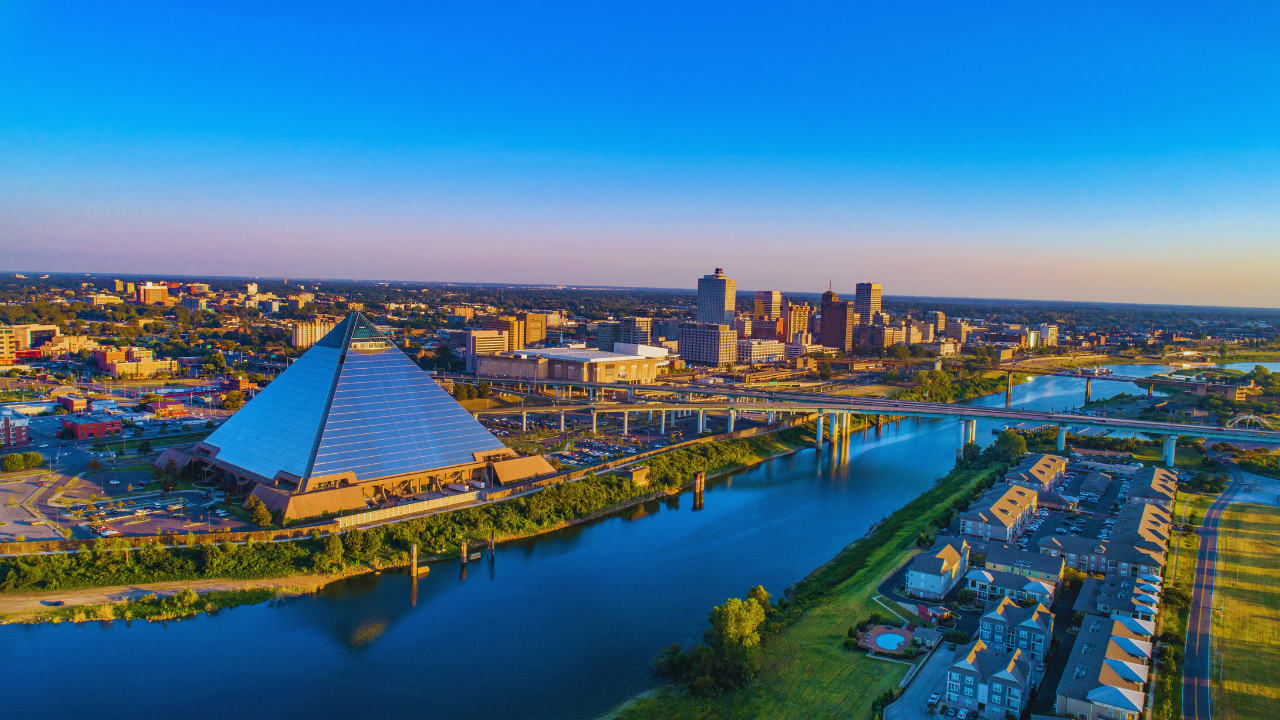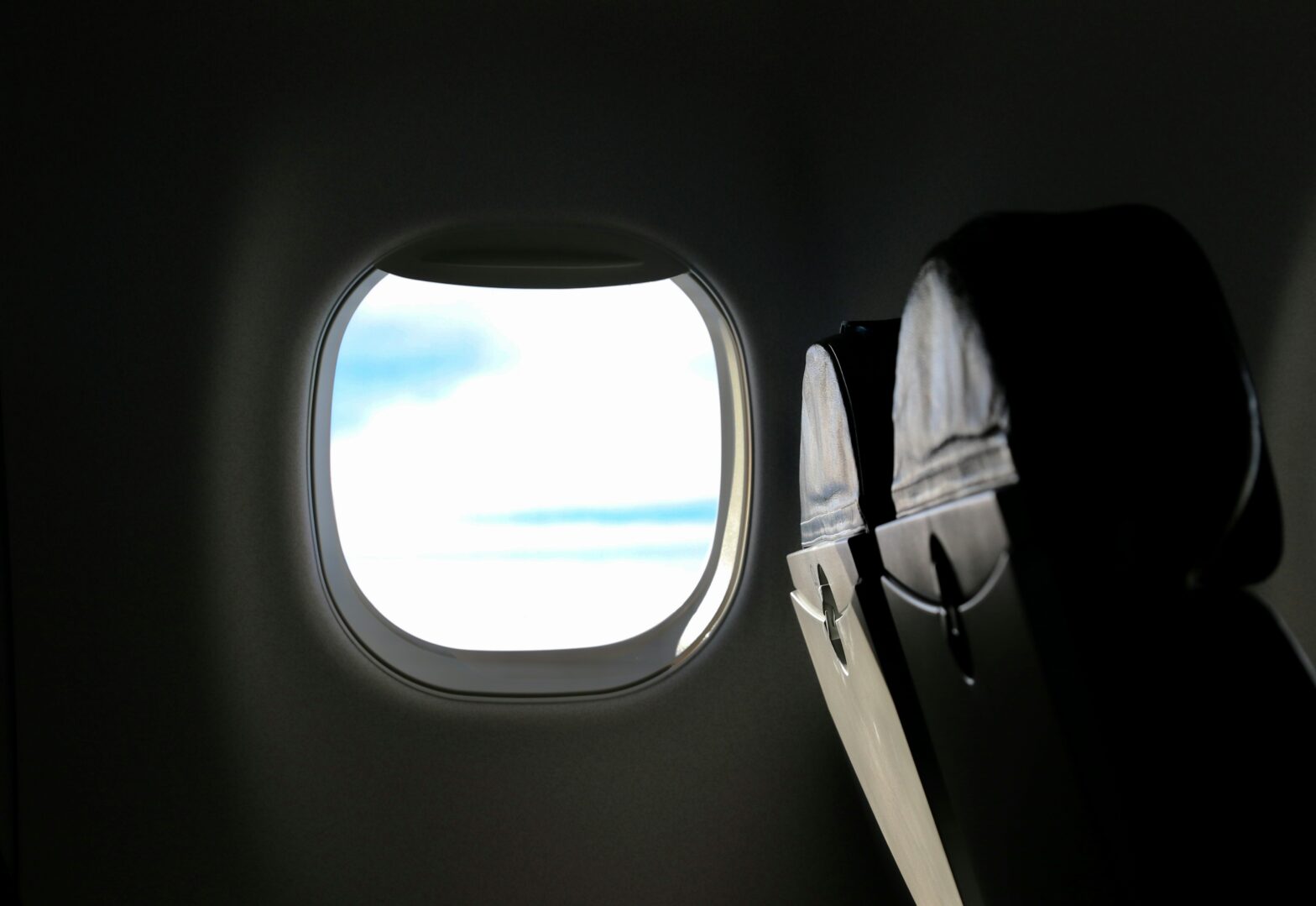Carnival in the Caribbean is like no other party experience in the world. People from all over the world gather to celebrate, whine, and drink from dusk till’ dawn and throughout the day. During Carnival season, you’ll experience the true essence of West Indian culture through music, dance, and contagious vibrant energy.
The first Carnival in the Caribbean was in Trinidad and Tobago, with steel bands, whining in the road, exquisite costumes and other fun activities. Carnival originated from Catholic traditions in Europe but West Indians have made it into their own form of an annual celebration.
After Trinidad started its carnival, other West Indian countries joined in and has attracted visitors from all around the world because of it.
Here are 15 Caribbean nations you should visit for Carnival:
Trinidad
Trinidad is infamous for having one of the largest parties in the Caribbean. Carnival started because slaves in Trinidad wanted to participate in the European masquerade balls and ended up creating their own.
Carnival in Trinidad happens on the Monday and Tuesday before Ash Wednesday and people from all over the world flock to the streets with their best costumes, ready to whine all day to the sound of soca and steel pans. The celebrations take place in the capital city of Port of Spain but other cities throughout the island celebrate as well.
Martinique
French and African cultures merge during Martinique’s Carnival which lasts for five days. Celebrations happen annually at either the end of February or beginning of March.
People dress up in costumes to sing, dance, and celebrate with a Carnival King or Vaval (a mannequin that is carried through the parade and made from paper or wood). There is also a Carnival Queen who is chosen by the people and has to sit next to the Vaval until the last day of Carnival when it is burned in a bonfire.
Puerto Rico
Carnival Ponceño is the name for carnival in Puerto Rico and happens in the city of Ponce during the week leading up to Lent. Celebrations occur all week and every day there are parties sand parades reflective of the Spanish influence on the island.
The first activity is the Parade of the Carnival King and the final ceremony is the “Burial of the Sardine”, also known as Entierro de la Sardina. Most of the ceremonies and costumes are seen during carnival in Puerto Rico are an homage to the Catholic roots of the nation.
The Bahamas
Nassau, Bahamas has a weeklong carnival during the first week of May. Reggae and soca artists perform while people party and enjoy the parade.
Hotels and Airbnbs get booked quickly during carnival in the Bahamas so it’s advised to book well in advance.
Jamaica
Bacchanal is one of the most anticipated carnivals in the Caribbean. Celebrations take place from March until the end of April in Ocho Rios and Kingston, Jamaica.
Carnival goers drench themselves in oil, paint, and glitter while wearing their costumes, dancing down the road to dancehall, reggae and soca music.
St. Maarten
April is the month where St. Maarten celebrate Carnival season with the theme “Come, Experience Life!”
Celebrations continue for 17 days with parades, dancing, reggae, and soca performances and people having the time of their lives wearing costumes and enjoying great vibes, food, and drinks.
Grenada
The island of spice has its own “Spice Mas” Carnival, occurring annually every August. There are events such as the ShortKnee masquerade, showcasing French and African culture with “Vieux corp” carnival gowns. Spice Mas occurs on the streets of St. George’s and you’ll see masqueraders parading through the street.
Dominican Republic
Music played during carnival in the Dominican Republic differs from soca and reggae on other islands. Instead, you’ll dance to the sounds of merengue and bachata. Carnival goers will be wearing African clothing and traditional Taino costumes. There are also people who wear masks with long horns and pointed teeth to resemble the Diablos (devils). During the month of February, parades happen every Sunday.
St. Vincent and the Grenadines
Carnival in St. Vincent and the Grenadines is known as Vincy Mas and is usually celebrated days before Lent but has recently become a summer celebration. You can expect beautiful costumes, calypso music and dancing in the streets. The last two days of Carnival
St. Lucia
Carnival in St. Lucia was initially celebrated at the beginning of the year, during Lent but is now celebrated in the Summer, during June. This month-long celebration is filled with pageants, steel band competitions, parties and even a Junior Carnival for kids. The last two days of Carnival consist of a Road March competition which is essentially a costume parade with lots of reggae, soca, and calypso music.
Aruba
Starting on New Year’s Day until the first week in March is when Aruba celebrates its Carnival. There is an annual carnival queen competition as well as parades and pageants. The Lighting Parade happens at night in February and illuminates the streets of Aruba.
The largest carnival parade on the ABC islands (Aruba, Bonaire, and Curaçao) is the Grand Parade and it starts in San Nicolas making its way into the capital city of Oranjestad. To mark the end of Carnival celebrations, a life-sized model called King Momo is burned.
Curaçao
From January until March, you can enjoy the carnival in Curaçao. There are King and Queen competitions for both teenagers and adults, a children’s parade and street parades. The two major events, Gran March (“The Grand Parade”) and the March di Despedida (“the Farewell March”) both happen at the end of the carnival season.
Dominica
In February, Dominica celebrates Mas Domnik, also known as Real Mas. This carnival is a fusion of African culture, French masquerade traditions, and Caribbean culture. Events happen during the Monday and Tuesday prior to Ash Wednesday. Leading up to the main shows are concerts, Calypso shows, and pageants.
Guadeloupe
Guadeloupe celebrates Carnival starting in January until Ash Wednesday. The Opening Parade and the Grande Parade happen in the capital city, Basse-Terre. You can expect a Carnival King and Queen competition as well as singing and dance contests. The symbolic model for Carnival, King Vaval, is burnt to signal the end of Carnival season on Ash Wednesday.
Barbados
We all know Rihanna is the queen of Crop Over but what you may not know is this celebration started in the 1700s to celebrate the end of sugar cane harvest. The sugar cane industry has since been in decline but Crop Over is still in full swing. Festivities begin in May or June and last until the first Monday in August with The Grand Kadooment parade being the biggest event. Crop Over festivities includes Bridgetown’s craft and food market, Crop Over King and Queen competitions, and Kiddies Kadooment.





